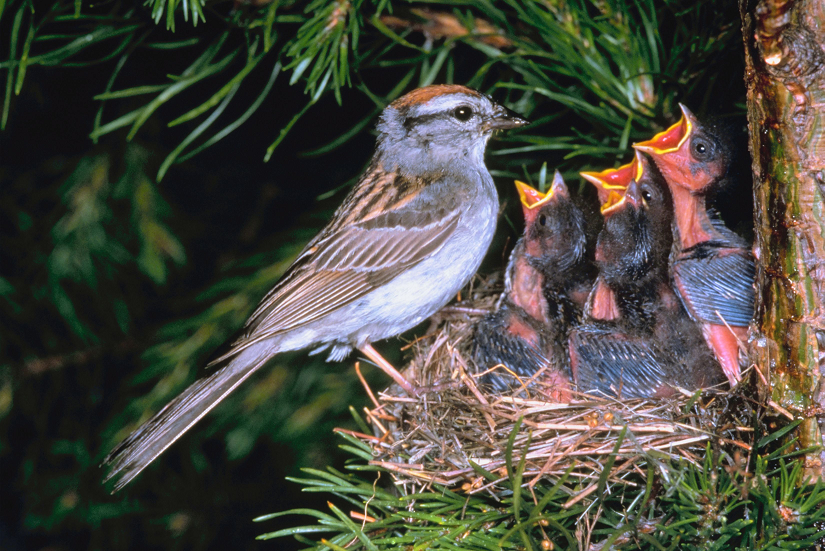Ecocentricity Blog: Life Creates Conditions Conducive to Life
By: John A. Lanier

Ecocentricity Blog: Life Creates Conditions Conducive to Life
Life can be scary for environmentalists, because so much of our “why” has to do with what’s broken in the world. We tend to see the problems first, like plastic in the oceans, rainforests being cut down, toxins dispersed into the environment, or the steadily rising Keeling Curve. Heck, my blog post just last week was about the worrying drought impacting the American west. Problems occupy so much of our personal and professional attention that it can be hard to stay hopeful and engaged in the work of environmentalism.
So how CAN we stay hopeful and engaged? It’s a question I get asked from time-to-time when I speak publicly, and I’ve heard other environmentalists asked the same question as well. Each person has a slightly different answer, but I’ve noticed a few broad categories emerge. One category is what I would call coping mechanisms. For instance, long walks in a forest might reenergize someone to keep at the work of protecting those forests. Exercise, social bonds, and good novels generally help as well. A friend of mine often cites an occasional glass of bourbon as something that helps her get by - and I can relate to that one!
A second category of answer is what I would call opportunism (but, like, the good kind of opportunism). In solving our environmental challenges, we have an opportunity to create a better future than the present we currently live in. I’m definitely motivated by this, especially when I look in the faces of my young children. I want them to grow old on a planet and in communities that are healthier, more vibrant, and more resilient than today. That desire, and the reward that comes with realizing it, is a powerful motivation to stay hopeful and engaged.
There’s a third category of answer too, though it’s one that is only rarely voiced. I don’t have a clean description for it, so I’m going to quote my friend Janine Benyus and call it the “life creates conditions conducive to life” category. What Janine means is that organisms have figured out over hundreds of millions of years that the best strategy for protecting themselves and their offspring is to take care of the place in which they and their offspring live. As a result, we see a common feature in every ecosystem around the planet - they all work to improve, or at least maintain, their habitability for the benefit of all lifeforms therein.
I find immense hopefulness in that fact. It would be like if you were setting out to run a race and you knew that the wind would always be at your back. No matter how much we might foul her, nature will continue her laborious work to clean herself, to renew herself, and to become more resilient. And most amazingly of all, she doesn’t hold a grudge against our rebellious little species. The door is always open for us to rejoin the community of life forms on this planet in creating conditions conducive to life. So let’s accept nature’s invitation and walk through that door.
This blog is available weekly via email subscription. Click here to subscribe.
RELATED BLOGS:
Ecocentricity Blog: Thirsty Lands
Ecocentricity Blog: What if I Told You
Ecocentricity Blog: Beetles, Mussels and Diatoms, Oh My!
CONTACT:
Valerie Bennett
+1 (770) 317-5858
valerie@raycandersonfoundation.org
Ray C. Anderson Foundation
http://www.raycandersonfoundation.org
Facebook: https://www.facebook.com/RayCAndersonFoundation
LinkedIn: https://www.linkedin.com/company/ray-c.-anderson-foundation
Twitter: @RaysLegacy
Instagram: @rcafoundation

